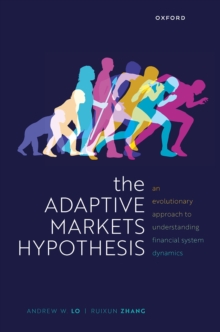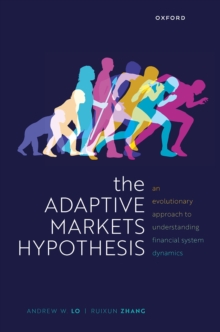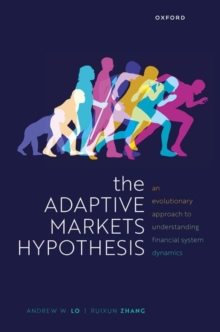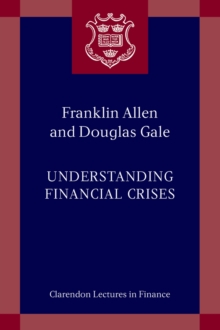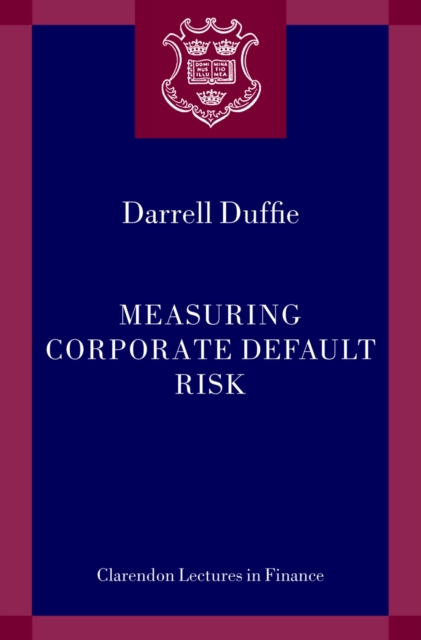
Measuring Corporate Default Risk PDF
by Darrell Duffie
Part of the Clarendon Lectures in Finance series
- Information
Description
This book, based on the author's Clarendon Lectures in Finance, examines the empirical behaviour of corporate default risk.
A new and unified statistical methodology for default prediction, based on stochastic intensity modeling, is explained and implemented with data on U.S. public corporations since 1980. Special attention is given to the measurement of correlation of default risk across firms.
The underlying work was developed in a series of collaborations overroughly the past decade with Sanjiv Das, Andreas Eckner, Guillaume Horel, Nikunj Kapadia, Leandro Saita, and Ke Wang.
Where possible, the content based on methodology has been separated from the substantive empirical findings, in order to provide access to the latter for those less focused on themathematical foundations. A key finding is that corporate defaults are more clustered in time than would be suggested by their exposure to observable common or correlated risk factors.
The methodology allows for hidden sources of default correlation, which are particularly important to include when estimating the likelihood that a portfolio of corporate loans will suffer large default losses.
The data also reveal that a substantial amount of power for predicting the default of a corporation can be obtained from thefirm's "distance to default," a volatility-adjusted measure of leverage that is the basis of the theoretical models of corporate debt pricing of Black, Scholes, and Merton.
The findings are particularly relevant in the aftermath of the financial crisis, which revealed a lack of attention to the propermodelling of correlation of default risk across firms.
Information
-
Download Now
- Format:PDF
- Publisher:OUP Oxford
- Publication Date:23/06/2011
- Category:
- ISBN:9780191557453
Other Formats
- EPUB from £17.40
Information
-
Download Now
- Format:PDF
- Publisher:OUP Oxford
- Publication Date:23/06/2011
- Category:
- ISBN:9780191557453
